The HIV virus was first identified in the 1980s and over 70 million people have been infected with the virus since the beginning of the epidemic.[1]
Modern medical treatments, national and international policies as well as educational and outreach programmes have had great success in limiting the epidemic, however, there is still a long way to go.
1. What are HIV and AIDS?
HIV or, the Human Immunodeficiency Virus, targets the immune system of infected individuals and makes them vulnerable to other infections and some kinds of cancer.
AIDS, or Acquired Immunodeficiency Syndrome, is the most developed stage of HIV infection, and is defined by the development of certain cancers or infections.
2. How is HIV transmitted?
HIV is transmitted through the exchange of body fluids from an infected individual. These body fluids include blood, breast milk, semen and vaginal secretions.
3. How is HIV diagnosed?
HIV is generally diagnosed using rapid diagnostic tests (RDTs), which detect the presence or absence of HIV antibodies.
Self-testing for HIV is becoming increasingly common in some countries.
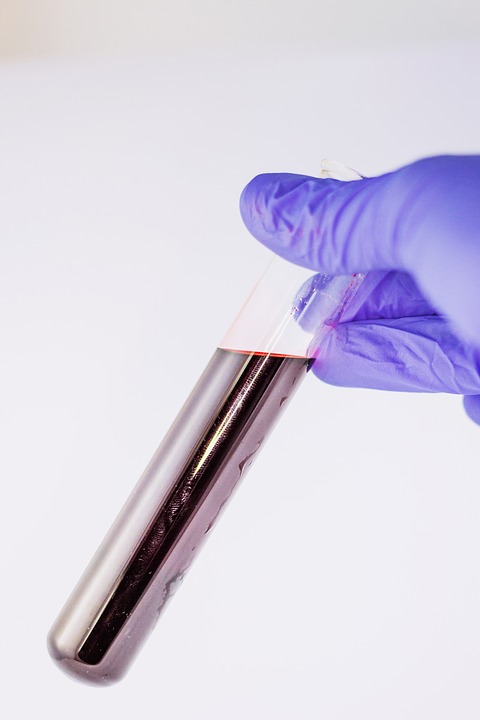
4. Is there a cure for HIV?
There is no cure for HIV, however, effective antiretroviral drugs keep the virus under control so that people living with HIV can enjoy long, healthy, lives and can avoid transmitting the virus to others.
One major challenge in the fight against HIV and AIDS is that many people do not seek treatment or even diagnosis, because they feel that it is pointless given that HIV is incurable. However, these people are generally unaware about the effectiveness of modern treatment and its ability to maintain the health of HIV-positive individuals. This shows that there is a great need for education and awareness raising on HIV/AIDS.
5. What do they mean by ‘key affected groups’ when speaking about HIV and AIDS?
Professionals used the term ‘key affected groups’ when speaking about the people who are most at risk to becoming infected by HIV due to particular socioeconomic factors and risky sexual behaviors that these individuals might engage in.
The groups who are most vulnerable to HIV and AIDS in Eastern Europe and Central Asia are sex workers, drug users, Roma people and young people.

6. What are ‘risky sexual behaviors?’
Risky behaviors include: engaging in unprotected anal or vaginal sex, sharing needles when injecting drugs or having another sexually transmitted infection such as syphilis, gonorrhea, herpes, HPV or chlamydia.
People engage in risky behaviors for ranging and complex reasons, but it often comes as a result of lack of education concerning HIV transmission or as a result of a lack of access to the commodities and services needed for HIV prevention, such as condoms and testing services.

7. How does the World Health Organization (WHO) categorize the three different epidemic stages of HIV?
The WHO has drawn up three distinct epidemic stages based on prevalence rates of HIV among subpopulations and the general population.
Low Prevalence Areas are areas where HIV prevalence is below 1% in the general population and below 5% in vulnerable groups.
High Prevalence Areas are areas where HIV prevalence is greater than 1% in the general population.
Concentrated Prevalence Areas are areas where the HIV epidemic is less than 1% in the general population but has rates of over 5% in specific subpopulations, (but with no sign that it will spread from these groups to the general population).
An individual’s exposure to HIV infection depends on the type of epidemic present in the country where they are living (if any).
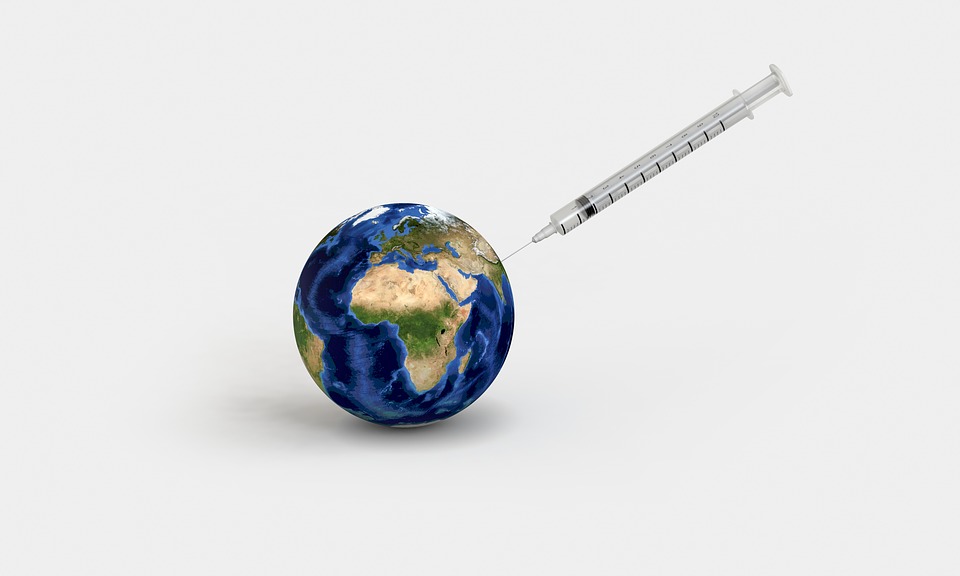
8. What are the biggest obstacles to preventing the spread of HIV?
Stigma, misinformation and the culture of silence surrounding HIV are huge barriers to preventing the spread of HIV.
People living with HIV and AIDS (PLWHA) often feel discriminated against which prevents them from speaking out about their experiences. This means that HIV infection can become a hidden issue.
There is also stigma attached to getting tested for HIV and the abundance of myth surrounding HIV means that people are frequently unaware or misguided about the realities of how HIV is transmitted.
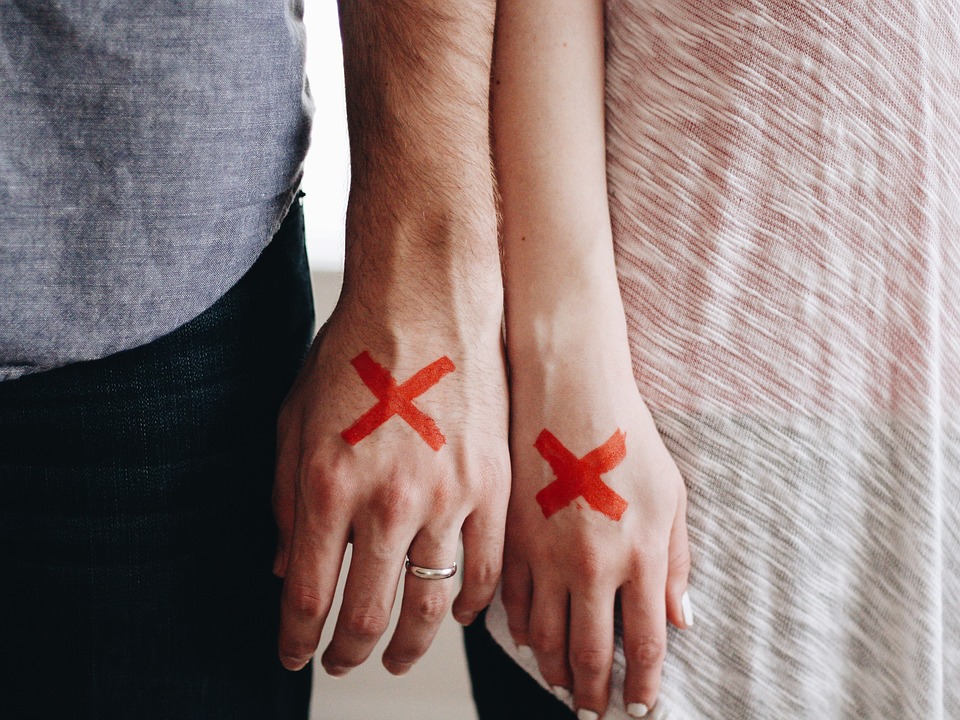
9. Why are young people vulnerable to HIV transmission?
a. The second decade of life is a period of experimentation and risk, and many factors increase young people’s vulnerability to HIV during these years. These factors include a lack of knowledge about HIV/AIDS, lack of education and life skills, poor access to health services and commodities, early sexual debut, early marriage, sexual coercion and violence, trafficking and growing up without parents or other forms of protection from exploitation and abuse.
10. What are my advocacy entry points?
- UNAIDS Strategy 2016–2021 – one of the first strategies in the United Nations system to be aligned to the Sustainable Development Goals.
- The Sustainable Development Goals, Goal 3.3:
‘By 2030, end the epidemics of AIDS, tuberculosis, malaria and neglected tropical diseases and combat hepatitis, water-borne diseases and other communicable diseases.’ Do some research on your country’s national policies and accountability mechanisms to see what steps are being taken to achieve this goal.
Get Involved!
The 22nd International AIDS Conference (AIDS 2018) will take place in Amsterdam on the 23-27 July 2018. Check out their website to see how you might attend or provide online support!
http://www.aids2018.org/
For more information on the facts about HIV/AIDs, go to Avert, which will provide you with fact files and mythbusters on HIV/AIDS. Avert also offer advice to People living with HIV/AIDS (PLWHA).
UNAIDS also publishes up-to-date information and resources on the fight against HIV/AIDS. It gives visibility to campaigns working to end HIV/AIDS and provides users with updates on the 90-90-90 targets – the aim of which is for 90% of people living with HIV to know their HIV status, for 90% of people diagnosed to be on treatment, and for 90% of people on treatment to be virally suppressed.
[1]Global Health Observatory (GHO) data/WHO

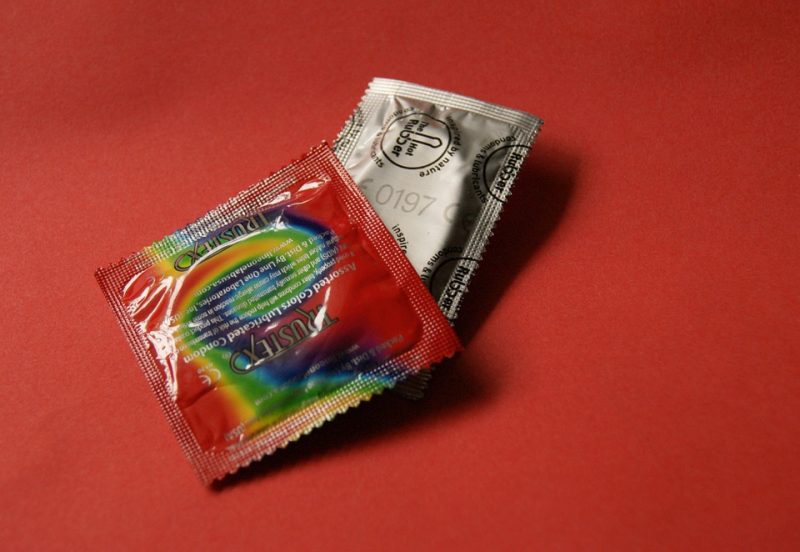






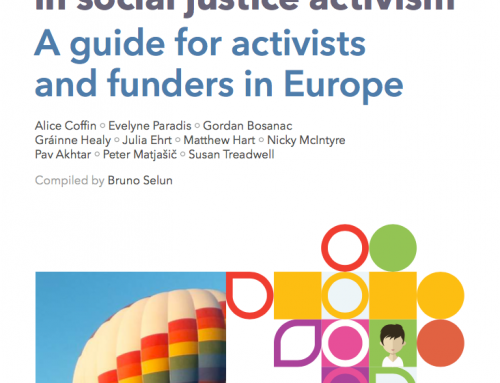

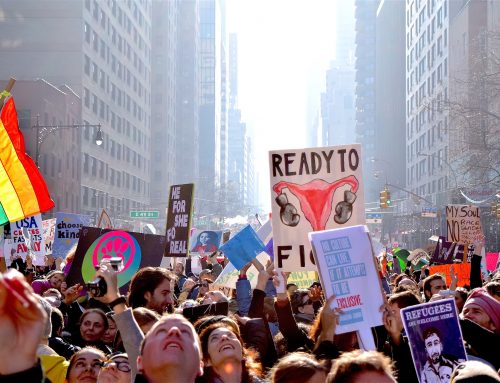






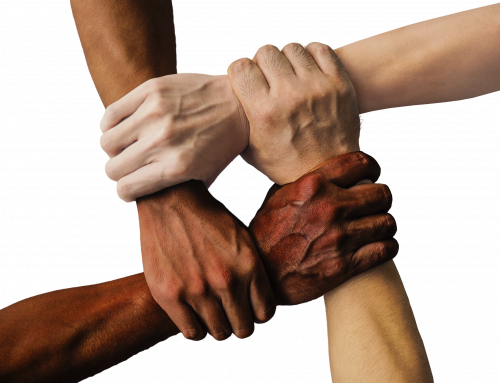



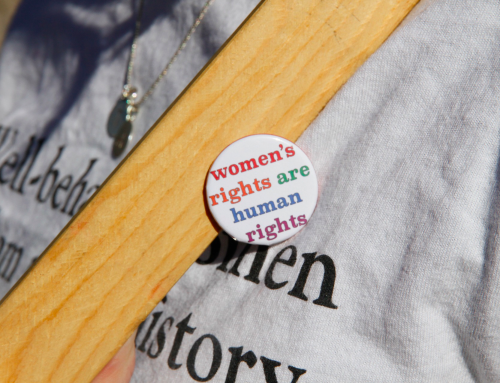


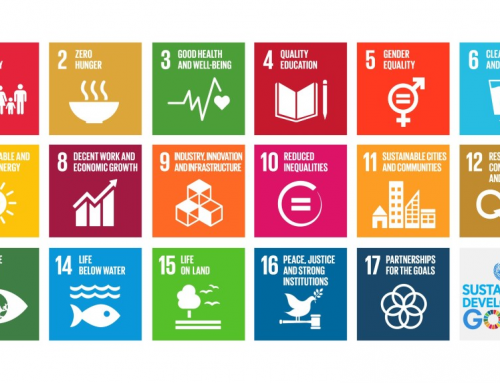

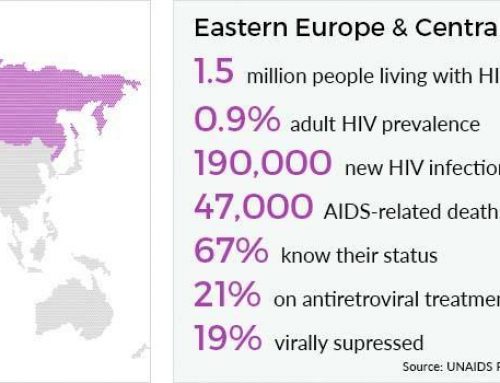

Leave A Comment
You must be logged in to post a comment.